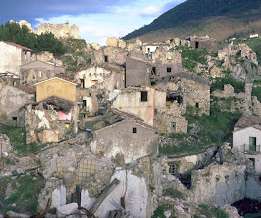Book Review: The Invention of Disaster
Recovery Diva
MAY 7, 2022
The book is part of Routledge Studies in Hazards, Disaster Risk and Climate Change. The author posits that the attempt to reduce disaster losses by bridging the “nature/hazard versus culture/vulnerability binary” by the Western governments in the lesser developed parts of the world has only been partially effective.











Let's personalize your content